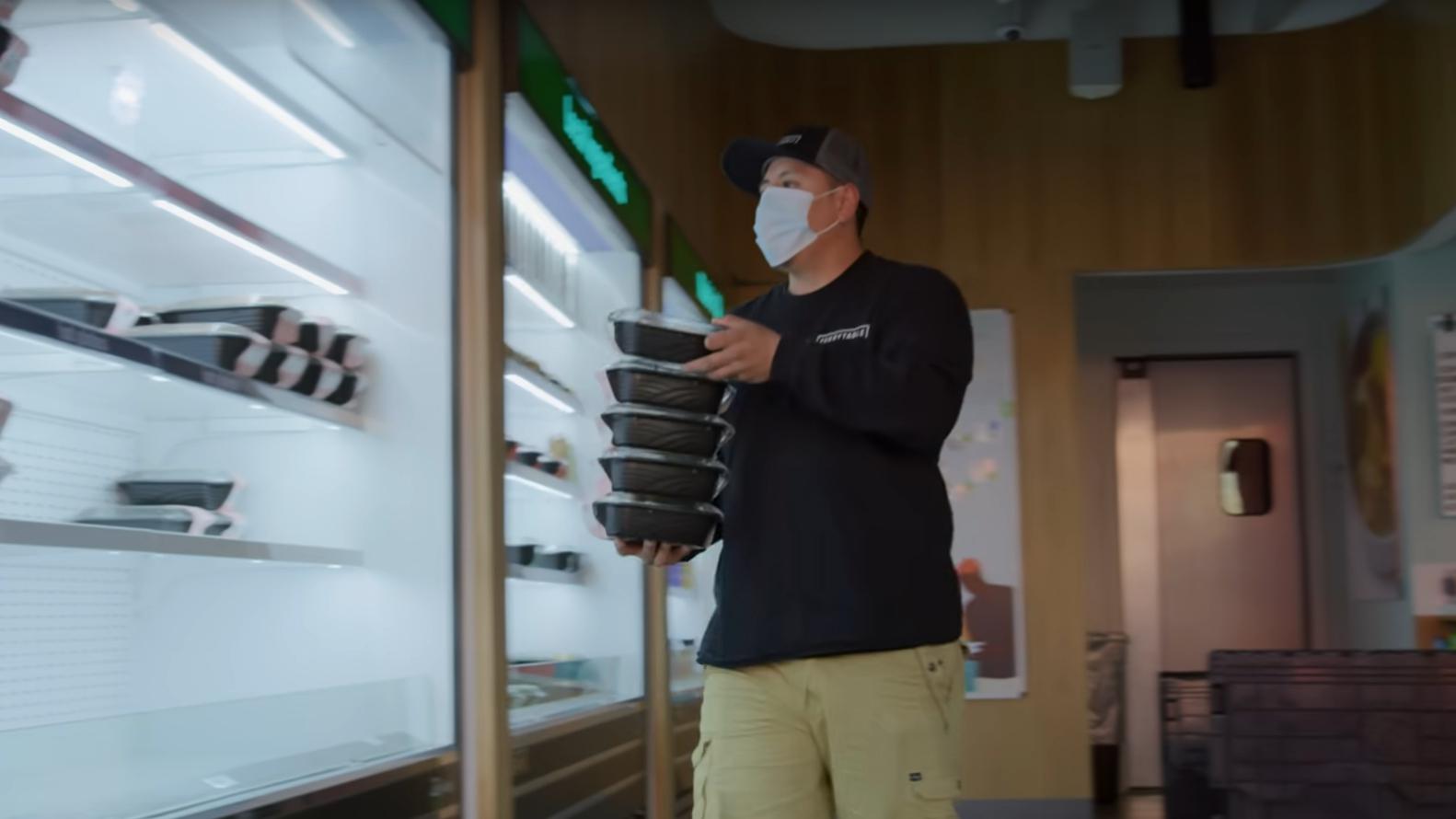How did Bryan Cranston get to where he is? Luck, talent, and a personal numerical system he uses to pick his roles. The system — which he calls CAPS, or Cranston Assessment of Projects — is a little tongue-in-cheek in name but has allowed Bryan to go from Malcolm in the Middle to Breaking Bad to his latest project, Richard Linklater’s veteran drama Last Flag Flying. While most actors might pick their roles based on the paycheck or how high it might raise their profile, Bryan has been able to pick his roles based on story and how happy the project might make him feel. It’s a great lesson about good decision making. And you’d be hard-pressed to find a better teacher than Bryan, a man who’s gone from “Party Boy #2” to the Hollywood A-list. Bryan Cranston’s new book is the spectacular memoir A Life in Parts.
Bryan Cranston: When I first started acting and when every actor first starts out, you take a job, any job, anywhere. I was, for so many years, you know, 'Clerk' or 'Party Boy Number Two' or 'Student Behind Girl', and things like that. You didn’t have any names.
And then hopefully, eventually, you break through and you get a name, a character, and you actually have a little more character depth. And if all goes well and you get lucky you can actually have a bona fide character, and you’re on your way, hopefully. It’s not a guarantee but it’s what you strive for and you take the jobs as they come. If, by chance, you get struck by lightning as I did and you have this unbelievable, unexpected success in a couple of series that were big hits—one comedy, one drama—and then you go on and you’re able to do Broadway and you’re able to do other things like starring in movies, wow, what a godsend! What great good fortune.
Along with that is the energy comes out. When you’re just starting out—and for most actors, most actors are sending out information. “Who’s doing what? Where are the auditions? How can I get in?” You’re constantly sending information out to see if you can get a piece of this here and there. If you get lucky, that energy that you were sending out turns around and comes back at you.
And now that’s what’s happened to me, is that instead of me sending information out to find out where things are, it’s coming to me. In equal amounts of energy used. I’m like, “Oh yes, okay, hang on, let me see…” — a great opportunity! Don’t get me wrong, it’s a great place to be. But there’s a lot of energy spent in trying to read this and field offers that are coming to you. So I had to figure out a system that made sense to me, that gave an analytical evaluation to it, and this is what I came up with: I called it a CAP System, a Cranston Assessment of Projects System, CAPS. It wasn’t intended for anybody else but if anybody else finds it useful they’re welcome to have it. And I gave a numerical value to the things that I found to be the most important. And the most important is the story. The writing is the single-most important element in any performance art. I don’t see an exception to that. I think Meryl Streep, at her best acting, if she was given C-level material she could definitely make that a B, but that’s it. That’s how far you can go with C-level material. You can enhance it. You can bring it up to a B. If you start with A-level material… oh baby, that’s fantastic!
So I wanted to evaluate the projects that were coming in according to story, text and then the character, then the director, and then other elements like who else is in the cast, but also personal things like where is it shooting? How long would it take me away from my home and my family? That sort of thing. It was important for me to navigate through all those things. So that’s how I came up with the system and it works for me. I give a numerical evaluation to every project that comes through.






